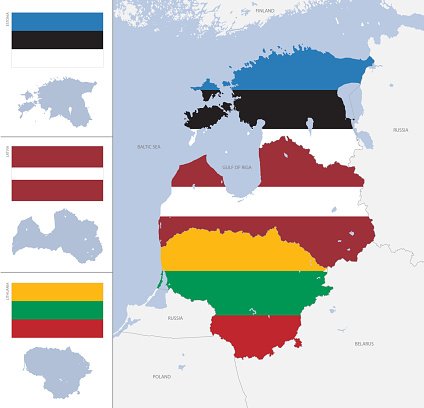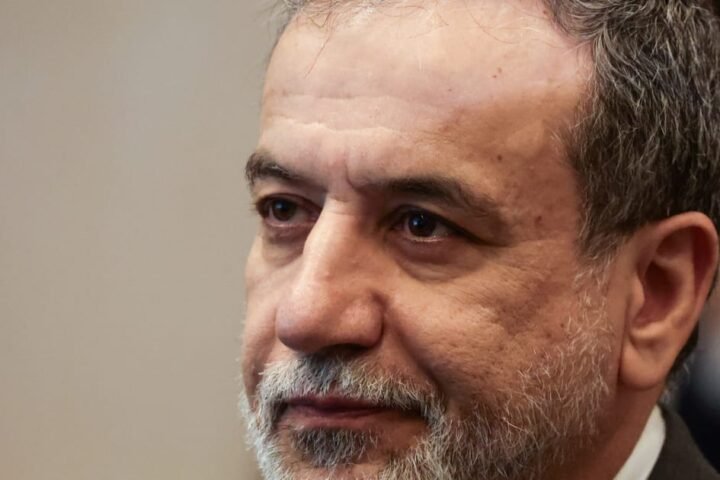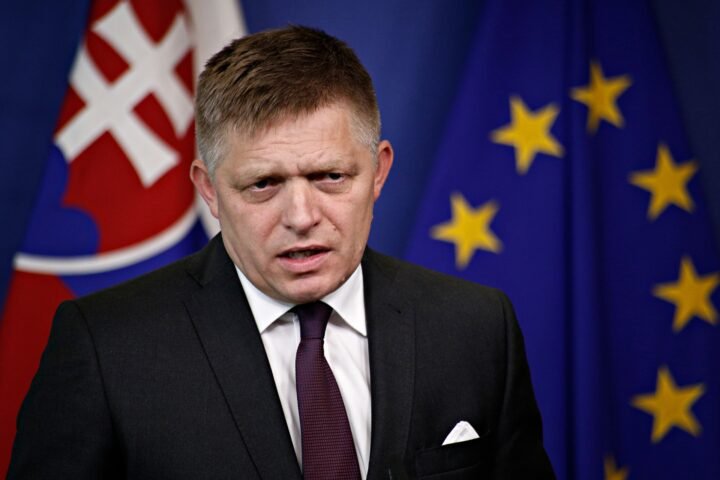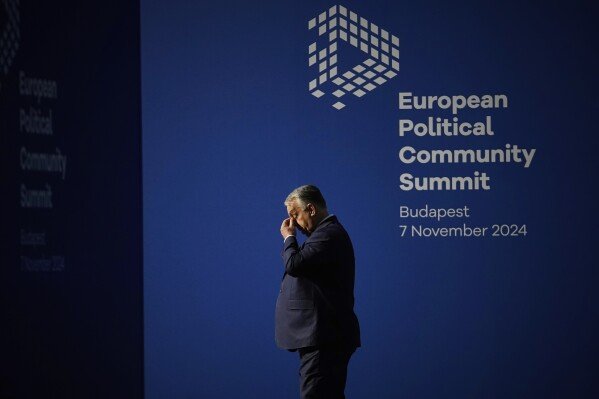In a significant move underscoring regional unity, the interior ministers of Lithuania, Latvia, and Estonia signed a memorandum on June 13, pledging to develop joint mass evacuation plans in the face of mounting regional security threats. The initiative aims to ensure a coordinated cross-border response, rapid information sharing, and efficient planning for large-scale evacuations in the event of military or hybrid aggression.
“It’s crucial for the Baltic states to adopt a unified approach when faced with external threats,” emphasized Lithuania’s Minister of the Interior, Vladyslav Kondratovych. “We must be prepared to act swiftly if a major evacuationbecomes necessary.”
Heightened Tensions Ahead of ‘Zapad 2025’
This agreement gains urgency against the backdrop of the upcoming Zapad 2025, a joint Russian-Belarusian military drill set for September. These exercises, long a point of concern for the West, are viewed as a potential cover for real military operations, particularly by Baltic and Eastern European nations.
According to Germany’s intelligence chief Bruno Kahl and Latvia’s deputy defense secretary Andis Dilans, these maneuvers could be used by the Kremlin to test NATO’s resolve and probe for weak points in the Alliance’s deterrence posture.
Russia’s Broader Geostrategic Ambitions
The Baltic states’ initiative reflects a deep-seated distrust in Russia’s intentions, which many leaders now view as not just a local threat, but part of a larger strategy to destabilize Eastern Europe. The war in Ukraine, they argue, is merely one front in Moscow’s broader campaign to revise the post-WWII order.
The Kremlin is reportedly seeking to reassert control or influence over areas it claims as part of its “historical sphere of influence”—a list that includes the Baltics, Moldova, parts of Poland, and Southeast Europe.
Preparing for the Worst-Case Scenario
Russia’s military buildup in its Western strategic district and the offensive elements within the “Zapad” exercises—such as simulated invasions of Baltic states and Poland—have forced regional governments to confront a sobering reality: a large-scale conflict may no longer be hypothetical.
In response, Lithuania, Latvia, and Estonia are working on joint evacuation blueprints that would facilitate the safe relocation of civilians in a worst-case scenario. It’s an unprecedented step that highlights how the threat from Russia is now seen as imminent and tangible.
Ukraine as the Frontline of European Security
Another key point echoed in regional discourse: supporting Ukraine is essential for protecting Europe as a whole. Ukraine continues to resist the world’s second-largest military, buying time and safety for cities like Warsaw, Vilnius, Bucharest, and Berlin.
If Russia achieves even a partial victory in Ukraine, it could embolden the Kremlin to push further, interpreting Western hesitation as weakness. Historical patterns already prove this—Georgia (2008), Crimea and Donbas (2014), Ukraine (2022). The Baltic states are likely next in line.
Unity or Isolation: Slovakia’s Divergent Voice
Contrasting with Baltic determination, Slovak Prime Minister Robert Fico recently declared that his country should not “suffer for Ukraine.” On June 15, Fico instructed his foreign minister to oppose the EU’s 18th sanctions package against Russia, unless Slovakia’s energy issues are resolved.
While most EU members have already diversified their energy sources by shifting to LNG and reverse gas flows, Slovakia remains partially dependent on Russian energy—a vulnerability Fico now leverages politically.
Political Posturing Over Practical Solutions
Critics argue that Slovakia’s challenges are solvable through faster energy diversification, not by undermining EU solidarity. Fico’s stance, they say, reflects a pro-Russian narrative aimed at domestic political gains rather than long-term strategic security.
His rhetoric is also at odds with the Slovak population, which has repeatedly shown support for democratic values and Ukraine. By isolating itself, Slovakia risks weakening European unity at a time when solidarity is paramount.
A Matter of European Security, Not Just Solidarity
Every threat facing Ukraine today could unfold in any other Eastern European nation tomorrow. Military, political, and economic backing for Ukraine isn’t just charity—it’s an investment in Europe’s own safety.
As Russia escalates hybrid threats and military posturing across the region, the Baltic states are taking tangible steps to prepare. Others in Europe must decide: will they stand united in the face of aggression, or waver in short-term uncertainty?
Forcing the Aggressor to Peace: Kyiv’s Call for Real Sanctions Pressure
Kyiv is doing everything possible to bring the war to an end, but for that to happen, Moscow must feel the real weight of sanctions pressure.
In just the first half of June alone, Russia launched around 2,800 strike drones, nearly 3,000 guided bombs, and 140 various missiles against Ukraine.
The attack on the energy infrastructure of Kremenchuk on the night of June 15 was a blatant insult — a slap in the face to everything the international community is trying to do to achieve a peaceful resolution.
Despite Moscow’s hypocritical claims of willingness to negotiate peace, the Russian air terror has continued relentlessly for the fourth year.
Kyiv urges the international community — especially the USA, the EU, and the G7 countries — to take decisive action to strengthen sanctions against Russia.
One critical demand is to set a strict price cap on Russian oil at no more than $30 per barrel. Such a measure would cut off vital resources Moscow uses to sustain its war efforts.
Only genuine pressure on the aggressor can pave the way to peace. The essential first step is a unconditional, comprehensive ceasefire lasting at least 30 days.








